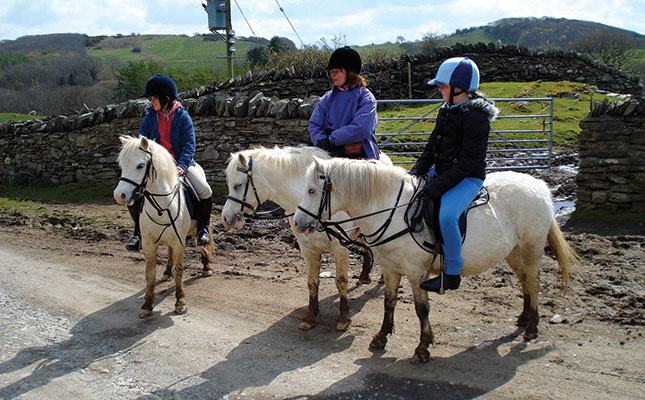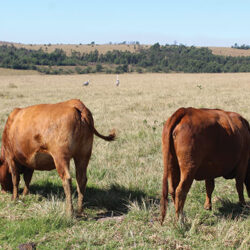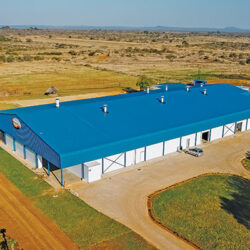Costs have increased rapidly over the past six months. Petrol and diesel prices have gone through the roof, and this has had an impact on everything that is transported before being sold, including horse feed. To save money, now is the time to work out your costs and budget for the new season.
Adding up, and subtracting
In a recent discussion with horse owners, I established the following subdivisions in a budget: travelling, feed, livery, farrier, veterinary, vaccinations, preventative health, dentistry, insurance, show costs, new clothes and equipment.
This exercise is probably easiest if you use Microsoft Excel (or an old-fashioned lined exercise book when we have load shedding) while checking last month’s bank account payments.
Sit down and look at last month’s budget within the first week of the new month, so you can estimate monthly costs in each category. Then consider the following cost-cutting tips:
Sharing transport costs
With the rise in the prices of petrol and diesel, it makes sense to share lifts to riding lessons. The same applies to sharing a horse box when attending a show. Adding the second horse will use very little extra fuel, and the cost of petrol can be shared equally.
Feed
The cost of feed is also climbing, so it’s worthwhile to shop around for the same feed at different stores.
Stabling
If you keep your horse at a riding stable, plan for a 10% hike in the near future, which is where inflation is heading.
Horse shoes and healthcare products
Farriers drive to stables, so their costs are also likely to rise. Yet it’s not worth leaving your horse without shoes, as cracks in its hooves and bruised soles will end up costing you more in the long run.
When looking at maintaining your horse’s health, include the use of routine preventative care products such as annual vaccinations, dewormers, horse shampoos and dips.
Surfing the Internet for lower prices is a good idea, but remember to include VAT and delivery costs, if applicable. Use common sense, too; it’s hardly worth it to drive a long distance for one bottle of shampoo that’s a few rands cheaper than the shampoo you usually use.
Insurance
This involves spending money, of course, but a small monthly or annual sum will have been well worth it if your horse has a veterinary emergency or you have to replace damaged or stolen tack.
Qualifying
If you own a horse for showing, consider cutting costs by competing in the minimum number of qualifiers. Also, update yourself on the venues and choose the nearest options to save travelling costs.
Clothing
If you’re an adult, you could probably wear the same riding clothing for some time. Children, however, outgrow their clothing and boots. If there isn’t one already, why not initiate an online platform for second-hand clothes and tack so that you and other parents can access hand-me-downs?
It’s not the first time that economic downturns and inflation have struck in South Africa.
In the past, when Pony Club was popular, sales were a routine feature. Maybe parents could introduce a second- hand sales platform for those involved in SANESA Association classes.
Horse exchange
It makes sense to exchange your child’s pony, once it is outgrown, for a taller competition horse, rather than buying one outright.
Dr Mac is an academic, a practising equine veterinarian, and a stud owner.




